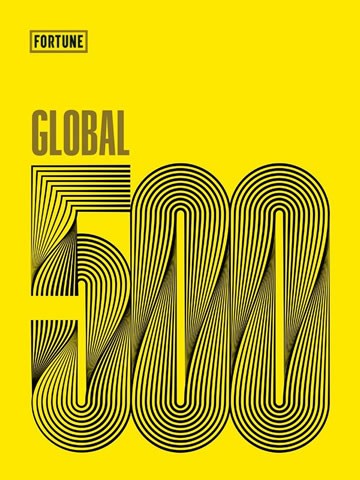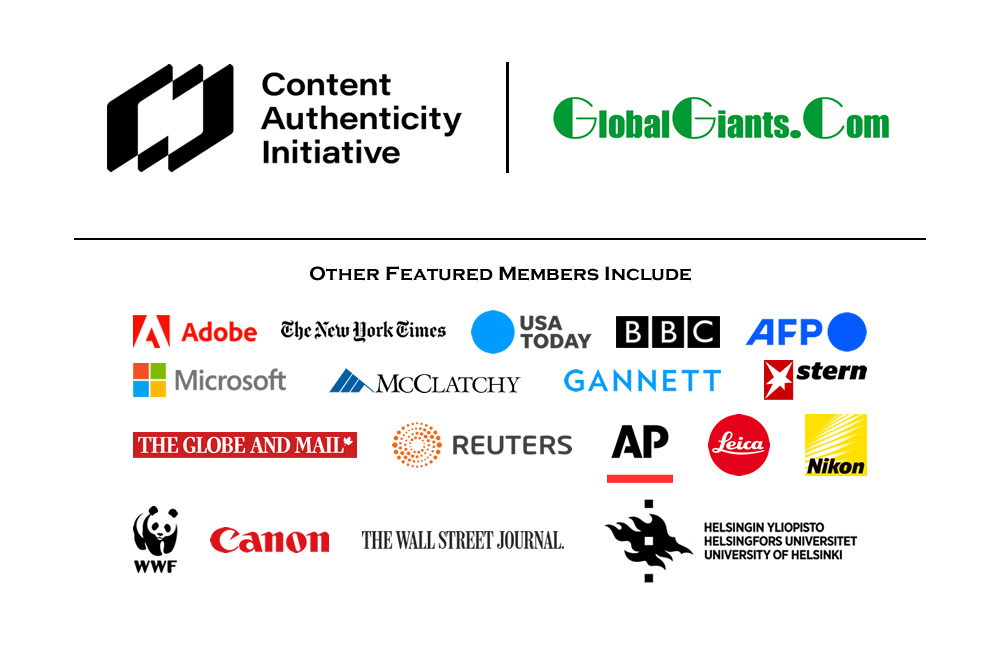« World Economic Forum Appoints New Members to Board of Trustees. | Main | The UNESCO Creative Cities of Film launch a collective website. »
August 27, 2020
FORTUNE Releases Annual FORTUNE Global 500 List
• 2020 Ranking Features 133 Chinese Companies, 121 U.S. Companies, and 53 Japanese Companies.
• Walmart Maintains Top Spot; 18 companies make their debut.

NEW YORK, August 26, 2020 — American multinational business magazine FORTUNE has announced the FORTUNE Global 500 for the 2019 fiscal year, ranking the world’s largest corporations by revenue. Walmart claimed the top spot for the seventh consecutive year and for the 15th time since 1995. For the first time, Mainland China (including Hong Kong) has the most companies on the list, up by five from last year with 124. Adding Taiwan, the total for Greater China is 133. The U.S. held steady with 121, and Japan gained one for a total of 53. The companies on the 2020 list have their headquarters in 225 cities and 32 countries around the world. This year  there are 14 women CEOs of FORTUNE Global 500 companies.
FORTUNE Global 500 companies generated revenues totaling more than one-third of the world’s GDP. They generated $33.3 trillion in revenues (up 2%), $2.06 trillion in profits (down 4%), and employ 69.9 million people worldwide. Saudi Aramco (No. 6) netted $88 billion in profits and is the FORTUNE Global 500’s most profitable for the second consecutive year.
THE FORTUNE GLOBAL 500 TOP 50 LIST:
- Wal-Mart Stores (U.S.) 
- Sinopec (China)
- State Grid (China)
- China National Petroleum (China) 
- Royal Dutch Shell (Netherlands)
- Saudi Aramco (Saudi Arabia)
- Volkswagen (Germany)
- BP (Britain)
- Amazon.com (U.S.)
- Toyota Motor (Japan)
- Exxon Mobil (U.S.)
- Apple (U.S.)
- CVS Health (U.S.)
- Berkshire Hathaway (U.S.)
- UnitedHealth Group (U.S.)
- McKesson (U.S.)
- Glencore (Switzerland)
- China State Construction Engineering (China)
- Samsung Electronics (South Korea)
- Daimler (Germany)
- Ping An Insurance (China)
- AT&T (U.S.)
- AmerisourceBergen (U.S.)
- Industrial & Commercial Bank of China (China)
- Total (France)
- Hon Hai Precision Industry (Taiwan)
- Trafigura Group (Singapore)
- EXOR Group (Netherlands)
- Alphabet (U.S.)
- China Construction Bank (China)
- Ford Motor (U.S.)
- Cigna (U.S.)
- Costco Wholesale (U.S.)
- AXA (France)
- Agricultural Bank of China (China)
- Chevron (U.S.)
- Cardinal Health (U.S.)
- JPMorgan Chase (U.S.)
- Honda Motor (Japan)
- General Motors (U.S.)
- Walgreens Boots Alliance (U.S.)
- Mitsubishi (Japan)
- Bank of China (China)
- Verizon Communications (U.S.)
- China Life Insurance (China)
- Allianz (Germany)
- Microsoft (U.S.)
- Marathon Petroleum (U.S.)
- Huawei Investment & Holding (China)
- China Railway Engineering Group (China)
In his foreword to the Aug./Sept. 2020 issue of FORTUNE, Editor-in-Chief Clifton Leaf writes: “There were precisely zero Global 500 companies based in mainland China in 1990 when we began our survey. Today there are more giant-for-profit enterprises there than anywhere else on earth. […] It should go without saying (but, unfortunately, too often goes unsaid) that cross-border trade is what precisely made America the first economic superpower—long before it made China one. American companies exported $2.5 trillion worth of goods and services in 2019, up from $487 billion three decades earlier — a more significant than fivefold increase in nominal dollars. Even adjusting for inflation, the growth rate is 152%. (For those who believe imports have increased at a substantially faster pace over the past three decades, prepare to be shocked: In inflation-adjusted terms, imports have grown 160%, barely more than exports.)”
On the U.S.-China economic rivalry, Geoff Colvin writes: “The shift in the Global 500 is significant because this rivalry is founded on economic might. Analysts can quibble over which country’s economy is biggest. The U.S. remains well ahead of China when the comparison bases on currency exchange rates, with 2019 U.S. GDP of $21.4 trillion vs. China’s $14.3 trillion. But based on purchasing power parity, a measure that adjusts for the countries’ differing price levels, China is slightly ahead of the U.S.—$21.4 trillion vs. $20.5 trillion as of 2018, the most recent year for which the World Bank has data. The gap is probably wider now and continuing to widen.”
Source: FORTUNE Media
|GlobalGiants.Com|







Edited & Posted by the Editor | 7:54 AM | Link to this Post







